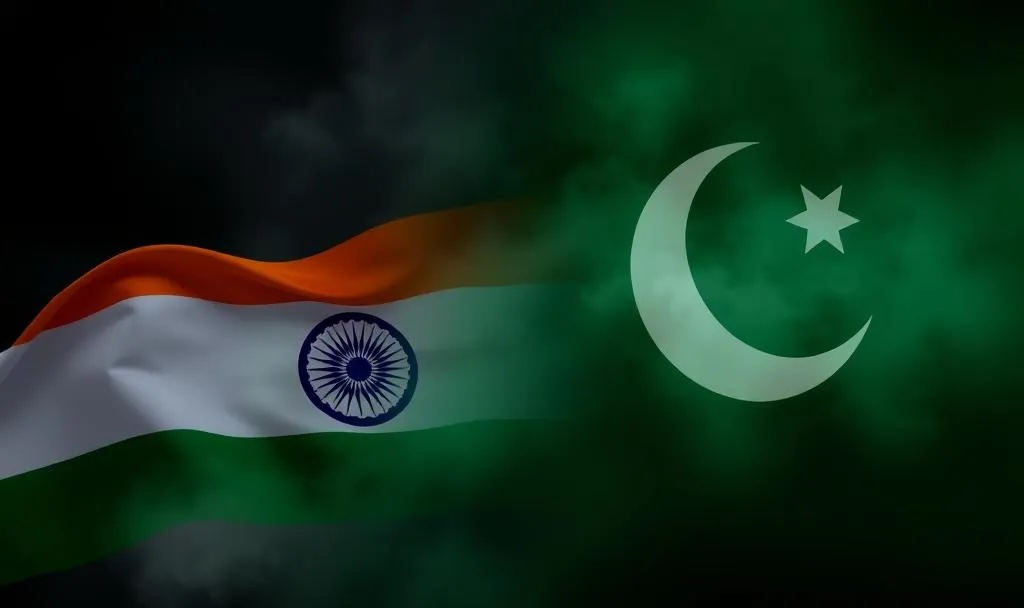Once again, innocent civilians in Indian-held Kashmir have been killed en masse. Once again, New Delhi has accused Pakistan of supporting terrorism. Once again, the latter has denied involvement—direct or indirect. And once again, peace in South Asia seems at sword’s edge. Yet a careful reading of political theory suggests, it is inevitable.
India and Pakistan share a governance model that is centralized, elite-centric, and war-prone. To be precise, it rewards violence more than peace, distributes spoils among ruling elites, and offers few avenues for conflict resolution. Curiously, the political structures—i.e., parliamentary democracy tinkered with centralized constitution—that India and Pakistan inherited were not designed to empower citizens or deliver public goods but to control them. Not surprisingly, they concentrate authority in political parties, weaken legislative independence, and offer minimal checks on the executive. Sadly, despite gaining so-called independence, these structures have remained intact, rather morphing into tools of populism, militarization, and majoritarianism.
In Pakistan, centralization of state has allowed the military and intelligence agencies to dominate civilian governance, often shielding extremist networks while eroding the legitimacy of democratic institutions. In India, the same structure has empowered a majoritarian political model that uses Hindu-Muslim divide and nationalism to consolidate power. Both governments share a fundamental flaw: they are geared toward domination, not representation.
The Pehlgam massacre illustrates how these broken models fail ordinary people. The attack—reportedly carried out by a little-known militant group, The Resistance Front, has deeply shaken the already tense region. The Indian government quickly pointed to “cross-border linkages,” and responded with sweeping diplomatic and military measures. But even if evidence of foreign support is found, the deeper issue remains unresolved: the institutional failure to prevent radicalization, protect civilians, and promote meaningful governance in Kashmir.
The tragedy also undermines the implicit understanding that militant groups—no matter their ideological motivations—avoid targeting the tourism industry, which supports tens of thousands of Kashmiris. That this unspoken rule was broken shows how far institutional order has eroded, and how vulnerable peace is when violence becomes politically expedient.
In the wake of Pehlgham incident, citizens on both sides of the border are once again left to suffer. Indian and Kashmiri civilians alike are grappling with fear and trauma. Tourists are fleeing the region. Kashmiri students across India report threats and discrimination, while anti-Muslim sentiment surges online. Pakistan, meanwhile, faces pressure as it scrambles to deny involvement. But as emotions escalate, the root causes remain unaddressed.
To break this cycle of violence, what is needed is not more reactive security measures or symbolic retaliation, but radical constitutional reforms. Both India and Pakistan must move away from outdated colonial governance models and embrace a republican framework rooted in federalism, separation of powers, and individual rights.
A Republican Constitution, as I see it, would replace the overcentralized parliamentary system with an institutional arrangement that empowers citizens rather than elites. It would establish genuine separation of powers—ensuring that the executive, legislature, and judiciary each operate independently and are subject to mutual checks. Such a system would help prevent the kind of executive overreach and populist demagoguery that so often fuels conflict.
Equally important is voluntary federalism—a constitutional guarantee that local and regional governments will have real autonomy. In diverse societies like India and Pakistan, centralization breeds resentment. It creates zero-sum politics, where ethnic and religious communities feel they must control the center to survive. Federalism, by contrast, allows diverse communities to govern themselves, resolve local issues, and coexist within a broader national framework.
Additionally, a Republican Constitution would institutionalize fundamental rights—making them non-negotiable and legally enforceable even in times of political crisis. This would protect minorities, dissenters, and vulnerable groups from state repression or populist scapegoating, ensuring that citizenship carries real legal and moral weight.
Finally, peace between India and Pakistan requires independent, transnational institutions capable of enforcing constitutional principles. A system of world courts or international constitutional bodies could intervene when basic human rights are violated, regardless of borders. Such institutions would act as a check on sovereign abuses and help mediate disputes before they escalate into violence.
Of course, these reforms are ambitious. They challenge entrenched interests and political inertia. But they are necessary. Because without structural changes, incidents like the Pehlgam massacre will not only continue—they will become more frequent, more brutal, and more politically normalized.
In the short term, we will see the same rituals: politicians pledging justice, international condemnations, and crackdowns in the name of security. But none of these measures address the institutional rot at the heart of South Asia’s most enduring conflict. As long as India and Pakistan cling to colonial governance systems that centralize power, marginalize dissent, and prioritize elite control, the region will remain locked in cycles of war, repression, and poverty.
It is high time for citizens, scholars, and statesmen to stop reacting to symptoms and start addressing the disease. Peace is not a diplomatic event or a military victory—it is a constitutional achievement. It begins with institutions that empower people, limit authority, and promote justice. Until such institutions are built, the horrors of Pehlgam will remain not just possible, but inevitable.

